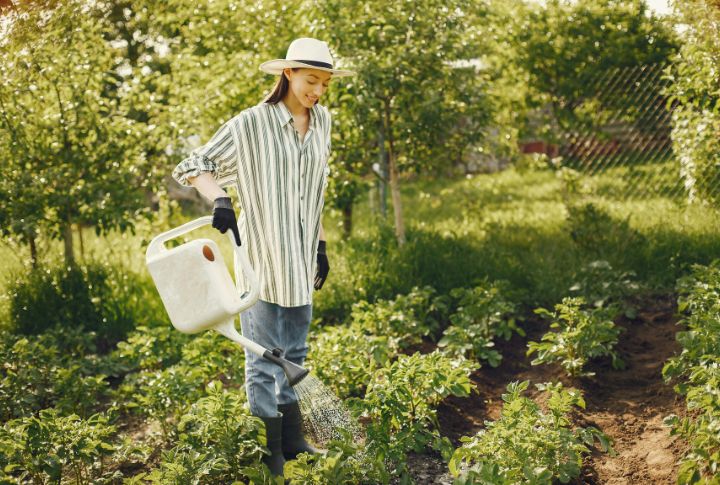
The crisp air of autumn brings a beautiful change to gardens, but it also signals an important shift in how we care for our plants. As temperatures drop and days grow shorter, your watering routine needs to change dramatically. Understanding when to dial back the hose can mean the difference between plants that thrive come spring and those that struggle to survive the winter.
Reading Nature’s Calendar
Fall watering isn’t about circling a specific date on your calendar—it’s about watching what your plants and the weather are telling you. Most perennials, trees, and shrubs begin their dormancy process when nighttime temperatures consistently hover around 40–50°F.
This biological slowdown means their roots absorb water much more slowly than during the growing season. In many regions, this transition happens between late September and early November, though your local climate will dictate the exact timing. Pay attention to rainfall patterns too.
Fall often brings increased precipitation, and saturated soil combined with cold temperatures creates the perfect recipe for root rot. Stick your finger two inches inside the soil near your plants—if it feels moist, skip the watering session. Your evergreens are the exception here. These workhorses continue losing moisture through their needles or leaves all winter long, so they’ll need consistent hydration right up until the ground freezes solid.
The Final Deep Drink
Before winter’s grip takes hold, your woody plants need one last thorough watering session. This “deep watering” should happen after trees and shrubs have lost their leaves but before the ground freezes—typically in late October or November for most climates.
Well, the goal is to saturate the root zone to a depth of 12 inches, which might require letting your hose trickle for 30 minutes or more per plant. This practice is especially critical for newly planted trees and shrubs that haven’t yet established extensive root systems. Think of it as sending your plants into winter with a full water bottle rather than an empty one.
The moisture helps protect roots from freeze-thaw cycles and prevents winter desiccation, where plants essentially die of thirst because their roots can’t pull water from frozen ground.
Container Plants And Special Cases
Potted plants follow different rules entirely. Once you bring tender container plants indoors for winter, water them sparingly, just enough to keep the soil from turning to dust. Outdoor containers with cold-hardy plants still need occasional checking, as pots dry out faster than garden beds and winter winds are surprisingly dehydrating.
Your lawn also deserves mention. Continue watering grass until it stops growing, which happens when soil temperatures drop below 40°F. That final month of growth before dormancy is when grass roots store energy for spring, so don’t abandon your lawn too early. Once growth stops, you’re done until spring’s first green shoots appear.

